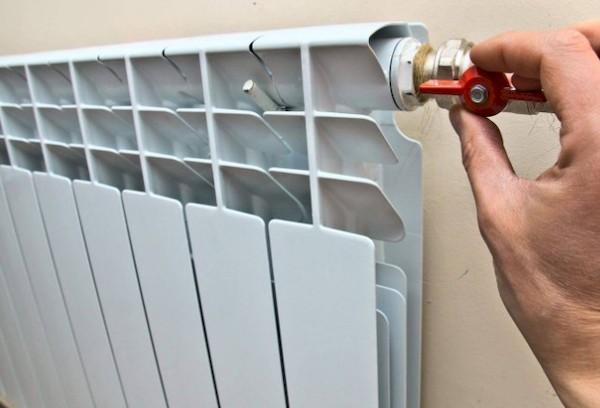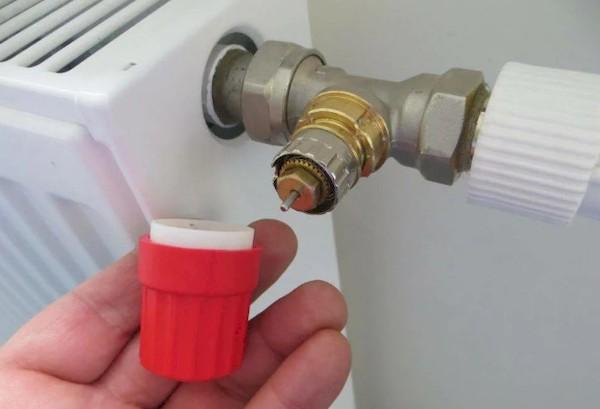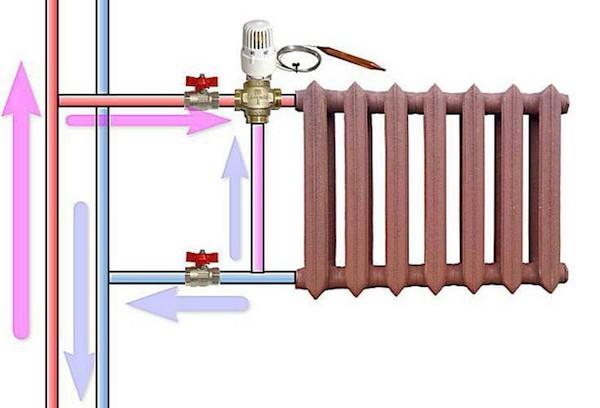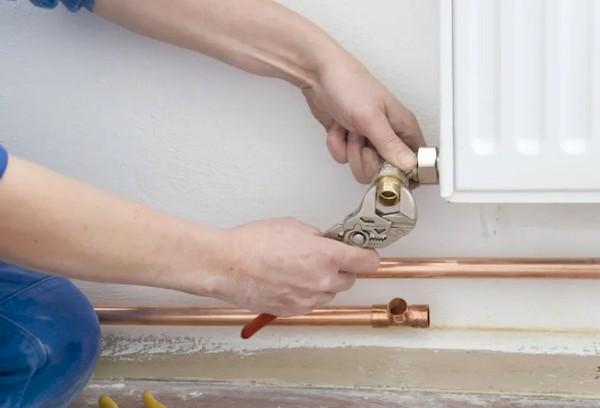How to turn off the batteries in an apartment if it’s hot: methods and descriptions
Turning off your heating radiators can be an important step to ensure safety and energy savings in your home or office. Therefore, it is worth learning how to shut off the battery to avoid risks and problems in the future. This may include using insulating materials, installing adjustable valves, or simply closing the valves.
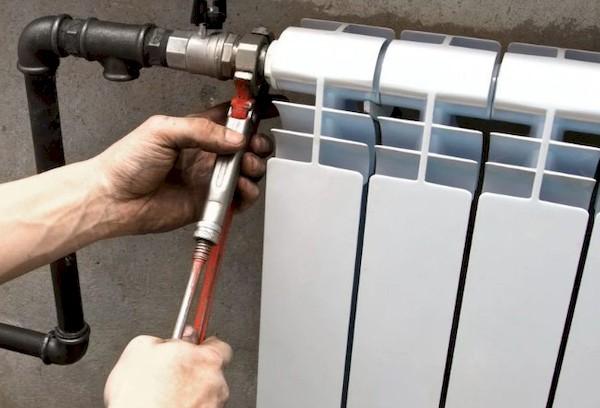
When is it necessary to turn off the heating?
Turning off the heating may be necessary in a variety of situations, including:
- Repair work. If a heating system is being replaced, repaired or maintained in a building, shutting off the heating may be necessary for the safety of workers and to prevent damage to the system.
- Unused premises. If there is no need for heating in a room, for example if it is not used in winter, then turning off the heating can help reduce energy costs.
- Emergency situations. In the event of an emergency, such as a gas leak or smoke detection, shutting off the heating can help prevent further problems and keep people in the building safe.
- Ventilation. In some cases, you can turn off the batteries in the apartment if it is hot to ensure normal ventilation.
However, it is important to remember that turning off the heating can lead to cooling of the house and if it is necessary to maintain the temperature in the room, it is necessary to provide other heat sources or regulate the temperature in other rooms.
Basic heating systems
There are two heating systems - single-circuit and double-circuit:
- Single-circuit consists of one coolant circulation circuit. This circuit circulates hot water from the heat generator throughout all radiators in the house. The water is cooled by transferring heat into the room and then returned to the boiler to be reheated.
- Double-circuit consists of two coolant circulation circuits. The first one works as in a single-circuit system, heating the premises. The second circulates hot water to a separate heat exchanger, which is used to heat the water in the boiler.
How to shut off the battery of a single-pipe heating system
To turn off the radiator in a single-pipe heating system, you need to find and close the corresponding valve on the pipeline. It is usually located on the supply pipe to the battery and has a handle or tap to close it.
Before shutting off, it is recommended to reduce the pressure in the system to zero to avoid the risk of water leakage when the battery is disconnected. To do this, you can open the bleeder valve on the return pipe and wait until the liquid leaves the system completely. When the pressure in the system is reduced to zero, you can close the valve on the supply pipe.
It is important to remember that shutting off the radiator can lead to poor heat transfer in the system, so you should find out whether the radiator can be shut off to strike a balance between shutting down the system and making it run efficiently overall.
How to shut off the battery of a two-pipe heating system
To shut off the battery in a two-pipe system, it is necessary to close two taps on the inlet and outlet pipelines.
The bottom and top valves are usually located on the pipes near the radiator and have handles or taps to close them. Before shutting off, it is necessary to reduce the pressure to zero by opening the bleeder valve on the return pipe and waiting until the water has completely left the system.
When the pressure is reduced, you can close the valve on the supply pipe to the battery and the tap on the outlet pipe. If it is necessary to disconnect the radiator from the pipes, you should use tools to unscrew the fittings and determine which way they are unscrewed.
After turning off the battery with two taps, it is important to make sure that the system is refilled with water and the pressure in it is restored to the required level.
How to shut off a battery without a valve
If the system does not have a valve on the supply pipe, then you can shut off the battery using special valves that are installed on the pipeline.
To do this, you need to purchase a valve that fits the size of the pipeline and install it on the supply pipe. The shut-off valves must have two threaded parts for connection to the pipeline and battery.
Before installing the valve, reduce the pressure in the system to zero and stop the circulation pump. Then you need to cut out the part of the supply pipeline on which the valve will be located.
After cutting the installation area, you need to install fittings to connect the pipe and valve. Then the shut-off valves need to be screwed into the fitting on the pipe and the radiator attached to it.
To shut off the battery, it is necessary to close the valve on the supply pipe using a handle or tap to do this.After disconnecting the battery, you must make sure that the system is refilled with water and the pressure in it is restored to the required level.
Shutting off the battery during the heating season may be necessary for various reasons, for example, for repair work or if the radiator overheats. But it is important to remember that disconnecting the battery can lead to a deterioration in heat transfer in the heating system, so the correct balance must be struck between shutting off the radiator and the efficiency of the entire system.
If it becomes necessary to turn off the battery in a room, then depending on the type of system, different methods can be used for this, including installing special valves or closing the valves. In any case, before carrying out work, it is necessary to stop the circulation pump and reduce the pressure in the system to zero.
If you have no experience working with heating systems or are not confident in your abilities, and cannot understand whether the battery is blocked or not, it is better to contact specialists to carry out the work. Incorrect overlap can lead to disruption of the system and cause serious damage to the home.
